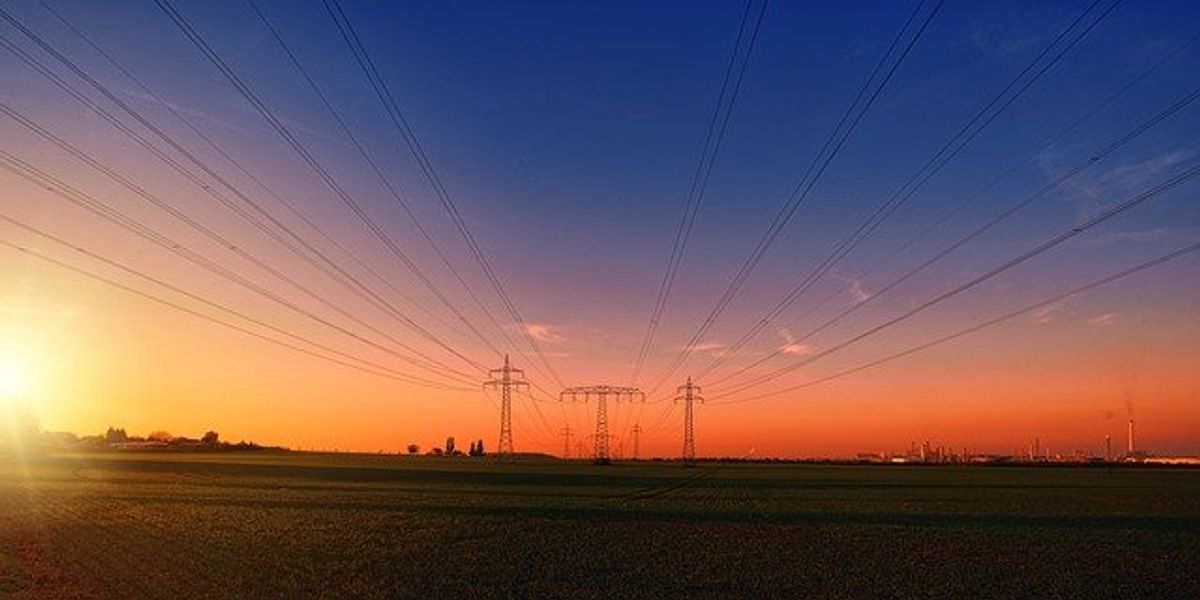
California’s insurance crisis exposes cracks in America’s safety net
As wildfires ravage Los Angeles, California's last-resort insurance program is nearing insolvency, forcing homeowners to bear the financial fallout of climate-driven disasters. It may be a harbinger of future crises across the country.
Lois Parshley reports for The Lever.
In short:
- California’s FAIR Plan, a state-backed insurance program, is struggling under $450 billion in liabilities, far exceeding its reserves of $385 million, putting homeowners on the hook for costs.
- Commissioner Ricardo Lara’s reforms allow insurers to pass costs to consumers while using controversial risk models, raising concerns about fairness and transparency.
- Similar insurance crises are spreading nationwide as climate disasters outpace states' ability to cover damages, threatening the U.S. economy.
Key quote:
“This is the point of the sword where climate change, economics, politics and law all meet.”
— Dylan Schaffer, attorney representing California homeowners
Why this matters:
The insurance system’s fragility leaves homeowners vulnerable, increasing financial strain and exacerbating housing crises. Families who’ve already lost homes to wildfire are now fighting to keep insurance they can’t afford — and losing faith in the system meant to help them rebuild. As wildfires, hurricanes and floods intensify, other states are facing their own insurance crises. The question isn’t if this financial fallout will spread — it’s how fast.
Read more: Ripe for disaster declarations — heat, wildfire smoke and death data.














